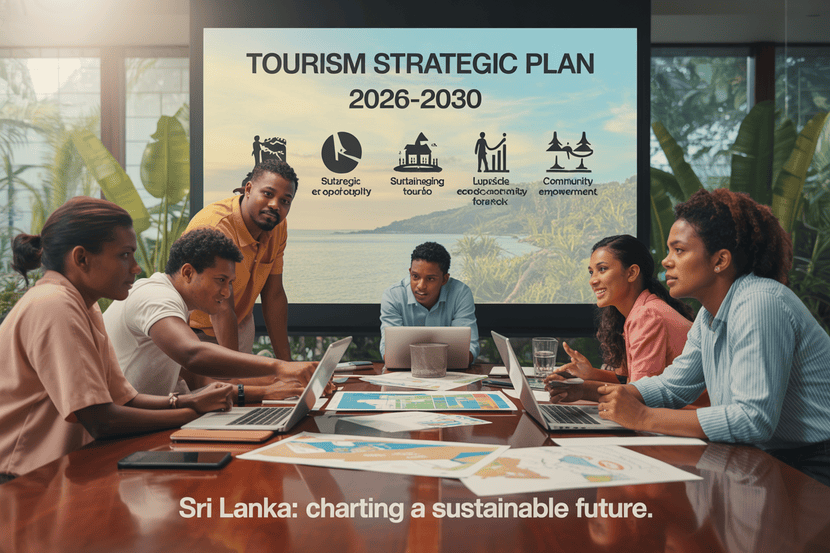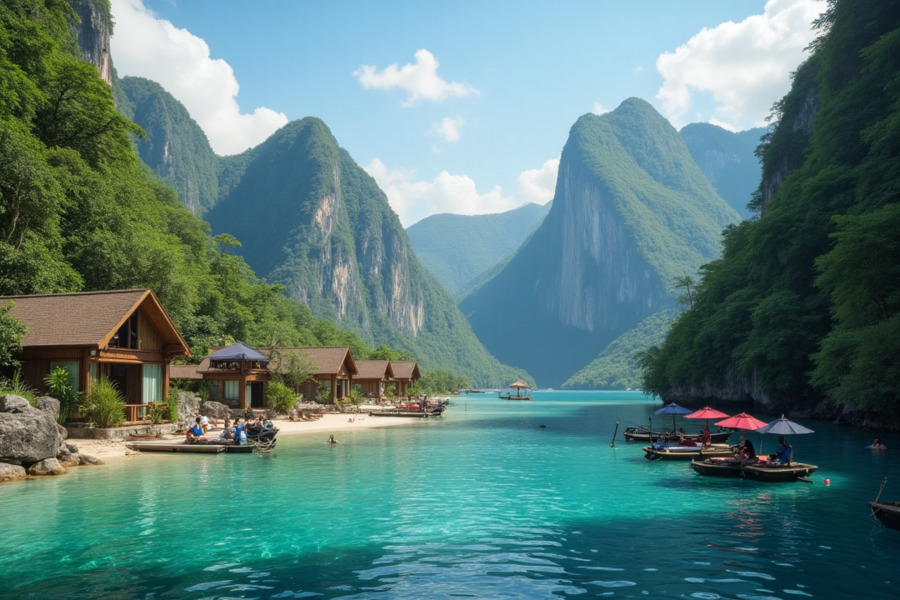≡-Canada’s Indigenous Tourism Struggles as US Travel Dips, Federal Funding Slashed, and Geopolitical Tensions Lead to a Significant Decline in International Visitors – Viral of Today
<> Viral of Today <>
Home » Canada Travel News » Canada’s Indigenous Tourism Struggles as US Travel Dips, Federal Funding Slashed, and Geopolitical Tensions Lead to a Significant Decline in International Visitors Friday, June 20, 2025Indigenous tourism businesses in Canada are facing significant setbacks as a decline in American tourists and a drop in federal support combine to create a challenging environment. Businesses that depend on international visitors, particularly from the United States, are seeing cancellations and reduced bookings. This is a particularly hard blow for Indigenous-owned tourism companies, which historically relied on the US market for a large portion of their clientele.One example of this trend is an Indigenous fishing adventure company in British Columbia. The company, known for offering fishing trips on the Fraser River, recently saw several high-value bookings from US clients canceled. This was particularly troubling as the company had spent years planning these packages, only to lose them due to the downturn in US tourism. This decline is exacerbated by the broader geopolitical climate, where shifting travel advisories, tariffs, and strained relations between Canada and the US are contributing to reduced international travel.According to the Indigenous Tourism Association of Canada (ITAC), bookings from the United States are expected to drop by nearly seventy percent compared to the previous year. This has prompted many Indigenous tourism operators to worry about a repeat of the hardships experienced during the COVID-19 pandemic, which devastated the sector and left it struggling for years to recover.Impact on Businesses Across CanadaMany Indigenous tourism businesses depend heavily on the US market, which historically made up a significant portion of their clientele. These businesses often rely on US tourists not only for the volume of bookings but also for the longer stays and higher spending that international guests typically bring.Recent data shows a concerning trend in the overall tourism numbers. In 2019, Indigenous tourism in Canada generated $4 billion in revenue, but by 2023, that number had dropped to $3.7 billion. The adjusted value is even lower when accounting for inflation. As the industry was hoping for a rebound in the post-pandemic years, the new wave of challenges – including reduced US tourism and decreasing federal funding – has put a serious strain on Indigenous tourism operators.Funding Cuts and Reduced SupportFederal funding for Indigenous tourism has seen a dramatic drop, further complicating the situation. The Indigenous Tourism Association of Canada (ITAC), which plays a central role in supporting Indigenous tourism businesses, has seen its funding significantly reduced. In the 2024 federal budget, ITAC received only $2.5 million, a fraction of the $33 million it had requested for operations and development. These cuts have led to staff layoffs and the suspension of support for provincial organizations, putting their future at risk.The federal government has continued to reduce its support, with further cuts in 2025. For instance, Indigenous Services Canada’s funding was reduced to $1.25 million, while contributions from Innovation, Science, and Economic Development Canada and Destination Canada were cut to zero and $1.9 million, respectively. This reduction totals a loss of $4.55 million, or roughly a sixty-eight percent cut, in just one year.Indigenous tourism leaders have expressed frustration over these cuts, with many arguing that the federal government’s messaging about the sector’s potential does not align with the realities on the ground. As the government continues to promote Canada as an attractive destination, Indigenous tourism operators feel that their needs are being ignored, despite their critical role in the broader tourism industry.Declining International ArrivalsAlongside the decline in US tourism, international arrivals to Canada are also dropping sharply. In March 2025, trips from US residents fell by 6.6 percent year-over-year, while overseas arrivals plummeted by 17.4 percent. This decrease in international visitors has further impacted Indigenous tourism businesses, many of which rely on international tourists for their most lucrative bookings.In response to this, ITAC has launched domestic marketing campaigns, including the “Original Original” campaign, aimed at encouraging Canadians to explore Indigenous tourism offerings. While this effort has been crucial in raising awareness among domestic travelers, it is unlikely to fully make up for the lost revenue from international guests. Domestic tourists tend to spend less and stay for shorter periods compared to international visitors, particularly those from the US.New Pressures: Wildfires and Rising CostsThe challenges for Indigenous tourism businesses have been compounded by environmental and economic pressures. In regions like Manitoba, wildfires have led to evacuations, creating confusion for tourists and making it even harder for local businesses to operate. With no emergency fund to support operators during such crises, businesses are left vulnerable to the immediate and long-term impacts of natural disasters.Additionally, the costs of doing business are rising. Many Indigenous tourism operators have reported skyrocketing insurance premiums, particularly after the pandemic, further straining their financial stability. The rising costs of fuel, food, and equipment are adding to the burden, making it harder for businesses to stay afloat.Looking AheadThe future of Indigenous tourism in Canada is uncertain. Operators are grappling with lost bookings, reduced federal support, and rising operational costs. Without a strong commitment from the federal government to reinvest in Indigenous tourism and address the sector’s challenges, many operators fear the crisis will continue to deepen.For now, operators remain hopeful that domestic marketing efforts can help to offset some of the losses. However, the true recovery will depend on a return to international tourism, particularly from the US, as well as more substantial support from the Canadian government.As the sector faces these multiple challenges, it is clear that Indigenous tourism in Canada needs a more robust and comprehensive strategy to ensure its survival and long-term growth.
This information will surprise you!
See also
- Read until the end to discover everything.
- Important information you need to know.
- Interesting facts and helpful tips.
Conclusion
Did you enjoy the news? Keep following us daily!













